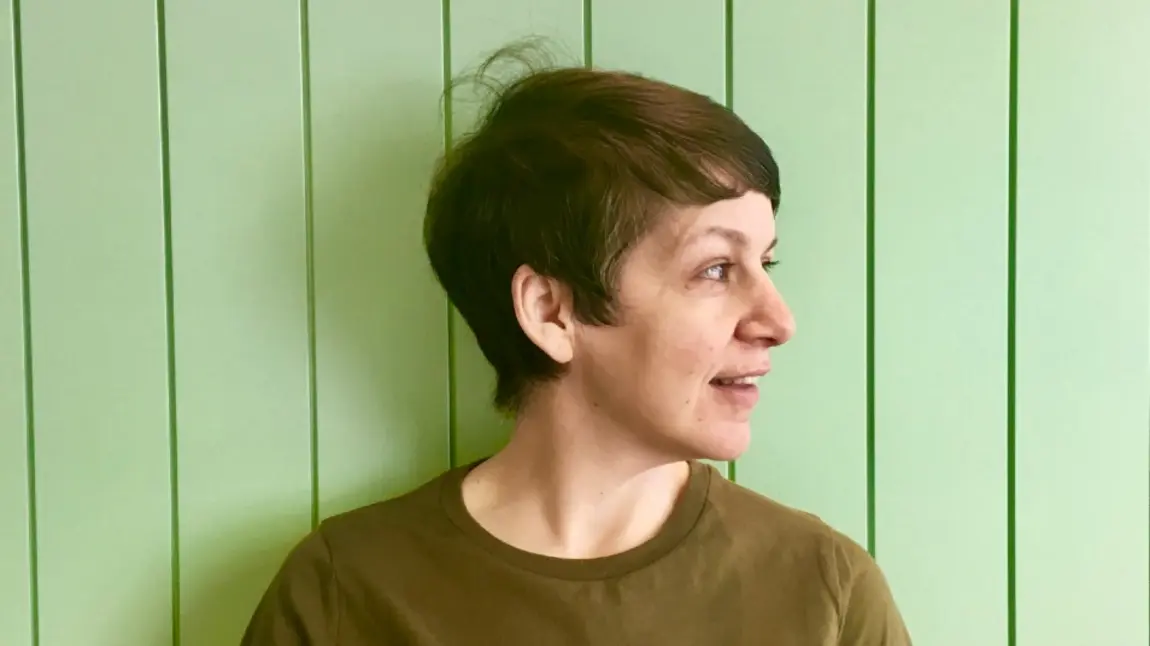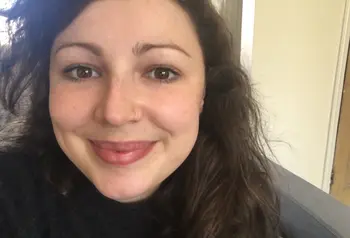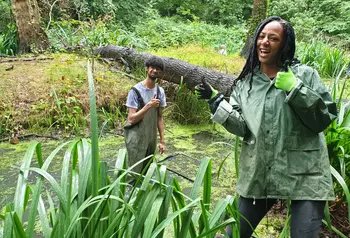Kick the Dust - what we learned in year two

Kick the Dust was born – an investment of £10million in 12 large-scale projects. Young people came up with the name, and helped choose the projects.
At this point, it’s worth looking back to why Kick the Dust was needed, and considering what we have learned so far.
“If it’s always the same people in the room, you will always get the same ideas.”
Kick the Dust volunteer
Our research in 2015 found that, in the heritage sector:
- Young people are underrepresented as audiences, participants and volunteers.
- Young people value heritage less than adults and are less likely to participate.
- Opportunities for young people to take on leadership roles or have genuine influence over decision-making is rare.
- There is a lack of entry level roles and training opportunities.
- There is a lack of diversity and inclusiveness, resulting in heritage sites, spaces and collections being less relevant and less accessible.
- Without getting young people actively involved and interested we risk its future.

What have we learned so far?
Researchers Renaisi are analysing the impact made by Kick the Dust. Here are four key points that stand out to me:
1. Opportunities
The heritage sector still needs to create more, and a greater range of, opportunities for young people to engage with – and help manage – heritage
A young person told us: “If it’s always the same people in the room, you will always get the same ideas.”
2. Inclusion
Heritage projects need to be more inclusive, and reflect a greater diversity of stories, histories, and perspectives. Giving young people a leadership role can help achieve this.
One young person taking part in Kick the Dust told us greater diversity helps them “to feel included in something. To not feel alone.”
3. Partnerships
Working in partnership with youth organisations who can bring specialist skills can be really beneficial in connecting young people to heritage.
An organisation taking part told us: “Unless young people have a peer, parent, teacher or youth worker encouraging them to take part in an activity then they are not likely to engage. You can’t cold call young people. Therefore it’s vital to get youth organisations on board.”
4. Attitudes
Heritage staff need to try to change their attitudes and perceptions of young people and create a safer, more welcoming environment.
In a group discussion, a young person said it could be “a little scary in meetings, you think it won’t be for us, because it’s just full of old heads (no offence)".
What would we like to happen?

At The National Lottery Heritage Fund we want the heritage sector to understand the value of engaging young people in heritage – and to take bold and ambitious approaches to involving them.
We recognise that the youth sector is brimming with expertise in engaging young people – especially those who may never have imagined that heritage is for and about them. We encourage both heritage and youth organisations to work together to explore the funding opportunities we have on offer.
What’s next?
Thanks to the new Youth Accelerator Fund we can continue to make heritage more relevant to young people by enhancing the strong partnerships built between the youth sector and heritage organisations through Kick The Dust. We recognise that often young people feel excluded from heritage and struggle to see themselves represented in it.
There are still three years left of Kick the Dust. We will be sharing our learning throughout 2020 and beyond. Up first are some top tips from young people on ways to involve them in heritage.


